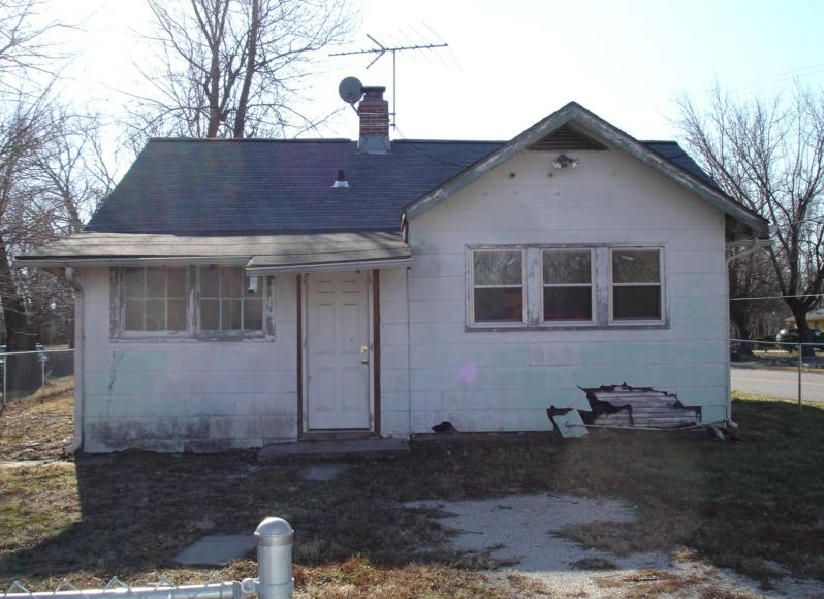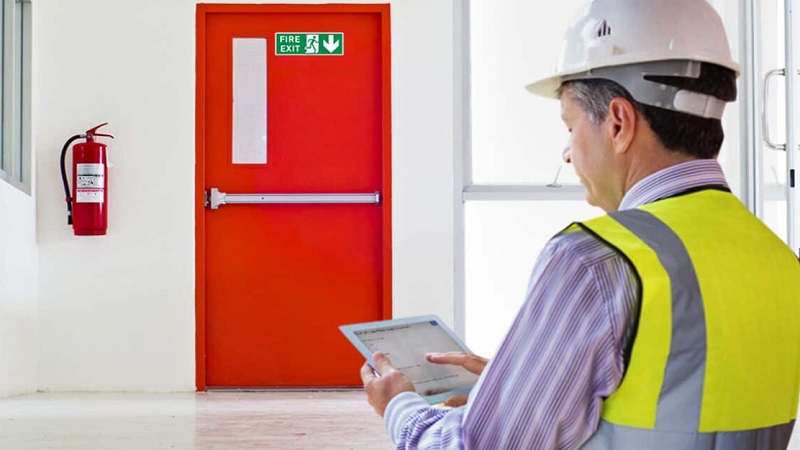How to Identify Asbestos in The Home

Asbestos is something that almost all homeowners should have thought about, but probably know nothing about. It was widely used in the construction and building industry for many materials and products up until the 2000s, so most homes will likely contain the material in some form if built before then. The sad truth is, if your home or property was constructed between 1970 and 1990, there is a good chance that it contains asbestos materials.
Asbestos is scientifically proven to be a carcinogen and all forms of asbestos material are toxic for human exposure. Asbestos is a major cause for cancer, lung disease and mesothelioma. When asbestos is friable (meaning when it is crumbly, powdery and breakable) everyone who breaths the air around it is at risk of inhaling the deadly fibres.
Unfortunately, the material being so common and dangerous doesn’t make it any easier to detect and handle. Asbestos and contaminated waste removalists GBAR Group have put together a few tips for identifying asbestos materials in the home and how to deal with it.
Sometimes detecting and identifying asbestos materials can be simple, in the form of asbestos insulation it looks blue or grey in colour and has a texture almost like fairy floss. More often than not, a visual assessment by the untrained eye is not enough to sufficiently identify asbestos products. Asbestos can be hidden, mixed in with other materials and it can be potentially dangerous to even go looking for it in a home.
Checking for and identifying asbestos safely will include having a licensed asbestos removalist analyse suspecting homes. An asbestos professional can take samples for testing, use their knowledge to detect dangerous materials, and ultimately keep you safe from potential asbestos exposure.
What to Do if Your Find Asbestos in Your Home
Taking care of asbestos in the home will really depend on the condition of the materials containing asbestos, where the asbestos is, and whether or not it is a potential risk. The asbestos removal specialist or technician will be able to identify the correct steps to take in order to take care of the asbestos in the home.
When asbestos materials are damaged or are in poor condition, they are at risk of breaking off, becoming friable and then airborne. When this happens, the air around the damaged material is contaminated with toxic asbestos fibres. If the asbestos is found to be in a material that does not pose a threat, it may not need entire removal, just regular inspection. If a material has been broken, sawn, sanded or cut, this will also make the material containing asbestos friable, and incredibly dangerous when exposed to humans.
Asbestos removal really is the only permanent and reliable solution to potential asbestos threats in an older home. If you’re worried, concerned, or just want to be sure your home is safe, the best course of action is to find a local experienced licensed asbestos removalist.






